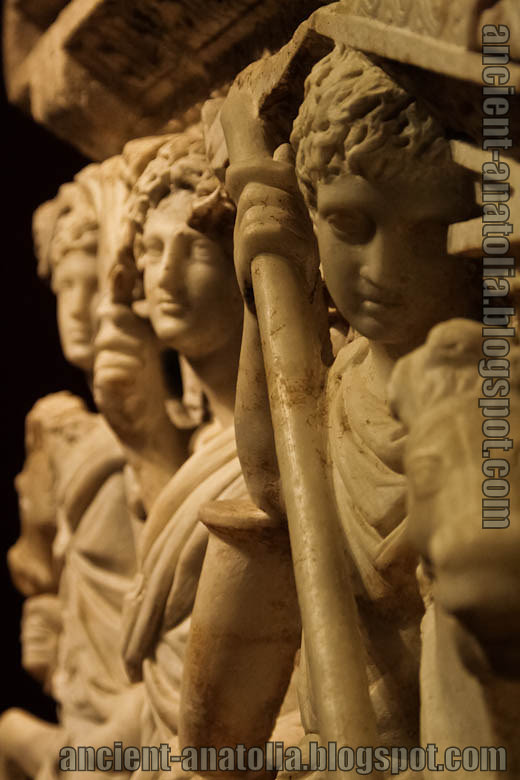The Hattians were an ancient people who inhabited the land of Hatti in Asia Minor in the 3rd to 2nd millennia BC. They spoke a non-Indo-European language of uncertain affiliation called Hattic (now believed by some to be related to the Northwest Caucasian language group). They eventually merged with or were replaced by the Hittites, who spoke the Indo-European Hittite language.
Travel notes and photos of archaeological tours in ancient Anatolia, Turkey.
